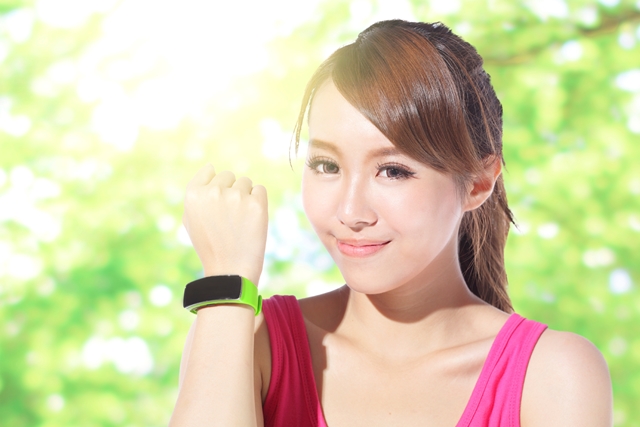The newest trend in fitness is also feeding our tech-crazy appetite for gadgets. Activity monitors, from the high-tech, rubber-coated bracelets to pager-like pocket clip-ons, can track everything from the steps you take during your day to what you eat and marry that information to your computers and smartphones.
“We’re seeing more and more of them. It seems everyone has them, which is great. It shows people are paying more attention to being active,” said Danae Brown, a physical therapist with St. Elizabeth Sports Medicine.
The devices, which range from $20 pedometers to $200 intuitive systems, tend to be based on accelerator technology. Accelerometers, the same devices used in inertial navigation systems in aircraft and rockets, measure acceleration (also known as g-force). Bottom line ““ they know when you move.
Activity monitors tied your movement to other measurements like heart activity or perspiration and respiration rates, to give you an idea how much energy you’re expending.
Some of the more popular monitors on the market include:
- Nike+ FuelBand: The rubber bracelet, which goes for around $150, connects via Bluetooth to your phone to keep constant track of your progress. An LED display on the band gives you instant access to information and even offers a little cheerleading. It will flash “GOAL!” when you’ve reached targets you’ve input into the system.
- Larklife: Another Bluetooth-enabled rubber bracelet, Larklife ($150) goes beyond data tracking and offers suggestions. If it detects if you have a rough nightʼs sleep, for instance, and may recommend some extra protein at breakfast to help you through the day. The accompanying app learns your habits over time, so the more you wear it the more tuned-in the advice will be.
- Jawbone UP: The bracelet monitor ($150 for UP24 or $80 for UP) also syncs to your computer, though not wirelessly. Along with the usual data, it offers extensive meal tracking and vibrates to wake you in the morning.
- Basis: Like other bracelets, Basis ($150) uses accelerometers to track your movement, but has an optical sensor to track your blood flow and heart rate. It also tracks skin temperature and has a perspiration sensor to detect exertion.
- Fitbit Flex: The least expensive of the popular monitors at $100. It will track your sleep, sync wirelessly to your computer and offer real-time results. For the fashion-conscious exerciser, Fitbit partnered with Tory Burch to offer a line of stylish covers to make your wearable technology look like a bracelet or pendant.
While the monitors have been in the news lately as experts debate how accurate they are, Brown said the benefits outweigh the inaccuracies.
“The consensus is that, sure, some are more accurate than others. I think the one with heart monitors and take into consideration your height and weight are better, but if they’re motivating people to get out and be active, who cares?” she said. “I think they’re all great.”

